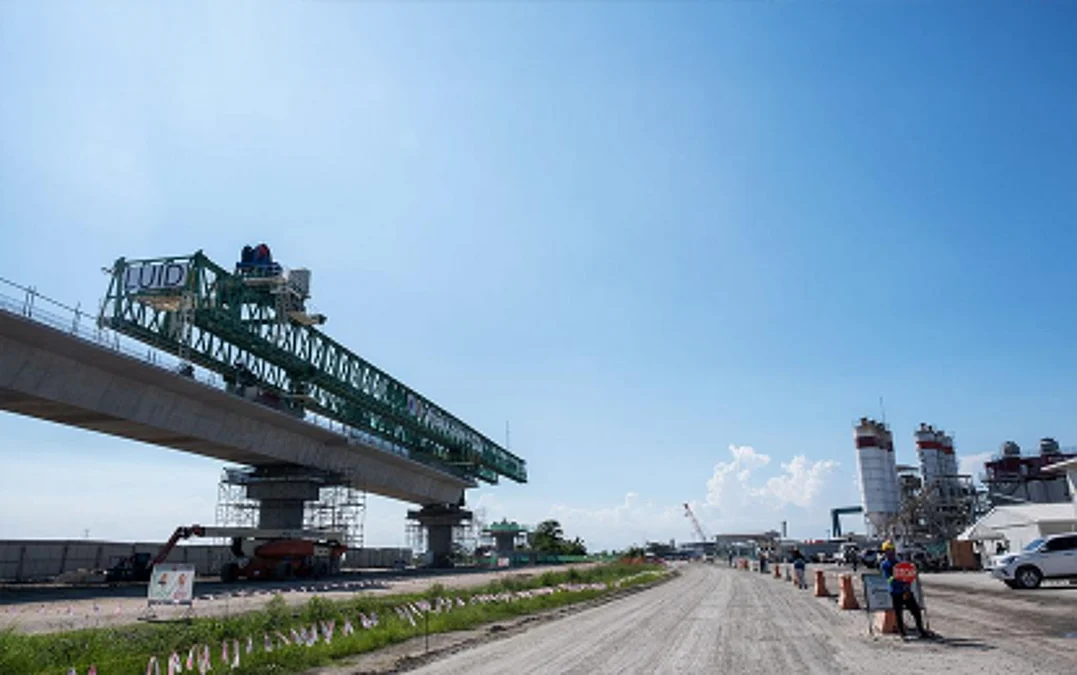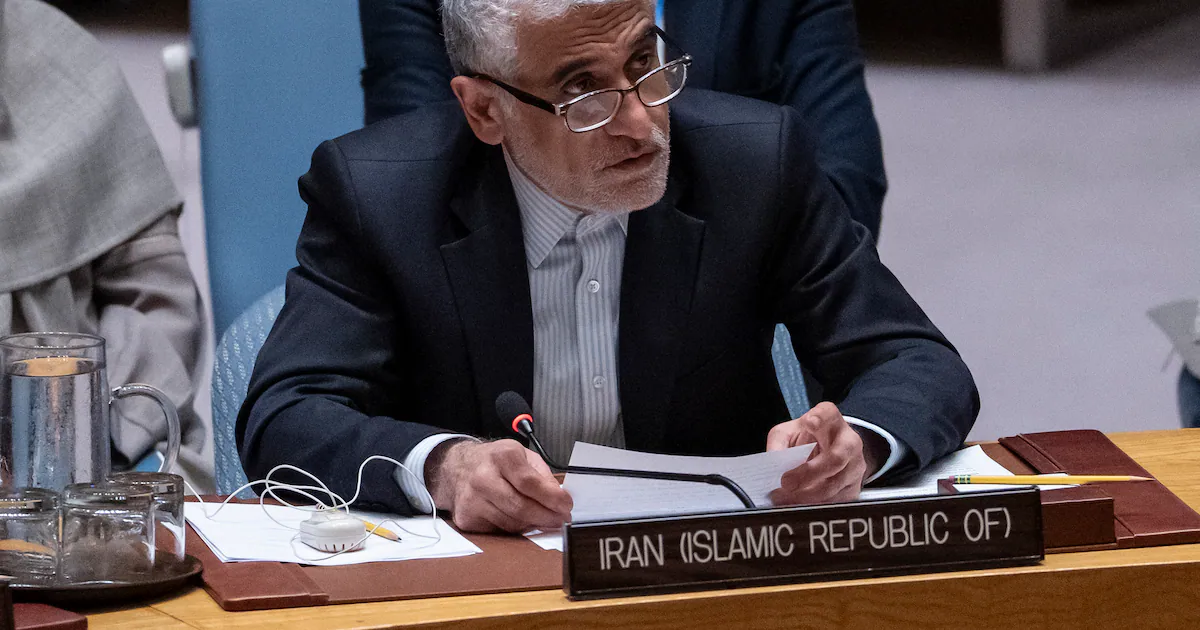By Toby Magsaysay
Copyright tribune

The Philippines and the Asian Development Bank (ADB) reaffirmed their partnership in advancing big-ticket infrastructure investments with the joint inspection of the P873.6-billion Malolos–Clark Railway Project (MCRP), a key segment of the North–South Commuter Railway (NSCR) System.Finance Secretary Ralph Recto, who led the site visit at the MCRP Depot in Clark Freeport Zone on 29 September, said the project reflects both the financing confidence of ADB and the country’s commitment to modernizing transport connectivity.“More than site inspections, every time we go out and see the projects by ourselves is a renewed affirmation of a vision we all share: a Philippines that connects our people better and creates more opportunities for them. And this is possible because we have partners who believe in our future as much as we do,” Recto said.The NSCR System, spanning 147.26 kilometers with 35 stations, is the largest infrastructure project financed by ADB in Asia-Pacific and co-financed by the Japan International Cooperation Agency (JICA). Once completed, it will carry 800,000 passengers daily and is expected to create 350,000 jobs across Luzon.The MCRP alone — already 42.4 percent complete as of June 2025 — is projected to cut travel time between Malolos, Bulacan and Clark, Pampanga from nearly three hours by bus to just one hour by train. It is also designed to serve New Clark City’s future population of 1.2 million and boost the Luzon Economic Corridor’s competitiveness.Recto emphasized that ADB’s financing role signals global trust in the country’s infrastructure agenda. “That scale alone speaks volumes of the trust and confidence the ADB has in our country and in the Filipino people’s future,” he said, adding that the project is already fueling the economy with over 10,000 direct jobs created during construction.ADB officials led by Vice President for East and Southeast Asia and Pacific Scott Morris, Southeast Asia Department Deputy Director General Pavit Ramachandran, and Country Director Andrew Jeffries joined the inspection. Jeffries reaffirmed the Philippines as a “particularly special and important relationship,” underscoring ADB’s support beyond transport to education, health, agriculture, energy, and digitalization.ADB remains the country’s second-largest official development assistance (ODA) partner, accounting for 28.7 percent of total ODA (USD 10.4 billion or P605.88 billion) as of March 2025. It is funding 25 flagship infrastructure projects under the Build Better More program, including the Bataan–Cavite Interlink Bridge, the Davao Public Transport Modernization Project, and the Laguna Lakeshore Road Network Project.Recto stressed that accountability and governance are central to delivering projects of this scale, citing the creation of the Independent Commission for Infrastructure (ICI) by President Ferdinand Marcos Jr. as a safeguard for investors and partners.“This project is nothing less than a genuine economic transformation,” Recto said. “It is the backbone of the Luzon Economic Corridor, accelerating trade and investment not just in big cities, but across the growth centers in between.”



